JONATHAN SILVERTOWN is professor of ecology at the Open University, Milton Keynes, and the author or editor of numerous books, including, most recently, An Orchard Invisible .
The University of Chicago Press, Chicago 60637
The University of Chicago Press, Ltd., London
2013 by Jonathan Silvertown
All rights reserved. Published 2013.
Printed in the United States of America
22 21 20 19 18 17 16 15 14 13 1 2 3 4 5
ISBN-13: 978-0-226-75789-6 (cloth)
ISBN-13: 978-0-226-07210-4 (e-book)
DOI : 10.7208/chicago/9780226072104.001.0001
Library of Congress Cataloging-in-Publication Data
Silvertown, Jonathan W., author.
The long and the short of it: the science of life span and aging / Jonathan Silvertown.
pages; cm
Includes bibliographical references and index.
ISBN 978-0-226-75789-6 (cloth: alk. paper) ISBN 978-0-226-07210-4 (e-book)
1. Longevity. 2. Life spans (Biology) 3. Aging. I. Title.
QP85.S495 2013
612.68dc23 2013021536
 This paper meets the requirements of ANSI/NISO Z39.481992 (Permanence of Paper).
This paper meets the requirements of ANSI/NISO Z39.481992 (Permanence of Paper).
The Long and the Short of It
The Science of Life Span and Aging

Jonathan Silvertown
THE UNIVERSITY OF CHICAGO PRESS + Chicago & London
For Rissa,
for a lifetime
CONTENTS
Death and Immortality
DESTINATION
Night is the mornings Canvas
Larcenylegacy
Death, but our rapt attention
To immortality
EMILY DICKINSON
Sooner or later, everyone ponders their mortality. It is the privilege of youth to be oblivious to death, but the fate of old age to contemplate oblivion. Each person searches for answers in his or her own way, but eventually all ask the same questions: How long might I live, and why must I die? What rhyme or reason is there in aging and mortality? Long before science offered reasons, art sought a rhyme that would give meaning to the mysteries of life and death. Such a rhyme is hidden in a priceless and little-known work of medieval art that lies before the high altar of Westminster Abbey in London, England.
Hidden for decades beneath a carpet that used to be rolled back only for the feet of a new monarch, the Great Pavement of Westminster Abbey is a gloriously intricate mosaic floor that depicts a medieval view of the cosmos. It connects the life spans of plants, animals, and people with the life span of the universe and The pope contributed to the cost of its construction, and the Italian artisans who laid its dazzling pattern brought with them to dismal London bright stones salvaged from ancient Roman floors: glass tesserae in cobalt blue, turquoise, red and white, and purple porphyry, the livid color of congealed blood. This last is the rarest of the stones in the Great Pavement, found in only one mine in Egypt that closed 500 years before the birth of Jesus.
Within the square frame is a design of four circles that flow into one another, like giant loops formed from a single cord. Around the perimeters of the circles once ran the words:
If the reader wittingly reflects upon all that is laid down,
he will discover here the measure of the primum mobile :
the hedge stands for three years,
add in turn dogs, and horses and men,
stags and ravens, eagles, huge sea monsters, the world:
each that follows triples the years of the one before.
Primum mobile refers to the outermost heavenly sphere in the medieval conception of the universe. Thus, according to the inscription, the witting reader will discover in the Great Pavement the measure of the universe or, in other words, how long it will endure. The medieval designers of the Great Pavement knew that different animals and plants have different life spans, and they perceived this variation as part of the grand design of the cosmos itself. The linked circles in the pavement embody the idea that life cycles are yoked together and are linked to the longevity of the universe. Everything was connected by application of the holy number three, culminating in judgment day. The formula that links the life spans in the pavement is three years for a hedge (before it is rejuvenated by cutting), tripled, which gives 3 (= 9 years) for the supposed life span of a dog; tripled again for the life span of a horse 3 (= 27 years), and so on up to 3 to the power 9, or 19,683 years, for the duration of the primum mobile .
Nineteen thousand years must have seemed like a very long time to a medieval cosmologist, but we now know that, looking backward into Earth history, it is scarcely any time at all. The Devonian limestone in the pavement, a rock consisting mainly of fossilized remains of marine creatures, is on the order of 350 million years old, but life has been present on Earth for ten times longer than that (3.5 billion years), and the planet is a billion years older still. The universe is nearly 14 billion years old by current estimates. Although today we are asking the same questions about time that our medieval forebears did, the answers offered by science stretch the imagination to its very limits.
What has science to say about life spans? Why do different species live for such different lengths of timea dog for maybe 10 years, but a human for 80? Medieval cosmologists believed that there was unity in the diversity of life spans because all belonged to a divinely ordered mathematical series. Does science have its own unified explanation for why longevity varies, or is it just a giant heap of facts, like a pile of mosaic pieces lacking order or design? And what of agingthe dysfunctions that accumulate with age and that terminate even the longest life? Why do we age? Do animals and plants grow decrepit just as we do?
This book is my own mosaic in which I will piece together the answers that modern science offers to these questions. But we will begin in Westminster Abbey because, surprisingly for a medieval church, it has much more to tell us about death and immortality than just the message hidden in the Great Pavement.
Westminster Abbey is where England buries her immortals. Here death and posterity inhabit the same ground, serving to remind us that great art and scientific understanding transcend mortality. In this place, as much national mausoleum as church, lies Geoffrey Chaucer (d. 1400), author of The Canterbury Tales . He is surrounded in Poets Corner by memorials to William Shakespeare, William Wordsworth, Charles Dickens, Jane Austen, George Eliot, T. S. Eliot, Henry James, and seemingly every other name in the canon of English literature. The walls and floor of this Valhalla are so crowded with illustrious names that there is now an overflow into the stained-glass window above Chaucers tomb. Oscar Wilde and Alexander Pope are among the names illuminated in the window that lights Chaucers grave.
But this is an English church, and therefore ironies, rebellion, and even ribaldry run through its solemn fabric like veins in marble. In the seventeenth century, schoolboys from the adjacent Westminster College fought battles in the neglected aisles with the jawbone of King Richard II.
Signs of such sacrilege horrified later visitors. Washington Irving, visiting from New York at the beginning of the nineteenth century, wrote:
What, thought I, is this vast assemblage of sepulchres but a treasury of humiliation; a huge pile of reiterated homilies on the emptiness of renown and the certainty of oblivion! It is, indeed, the empire of death; his great shadowy palace where he sits in state mocking at the relics of human glory and spreading dust and forgetfulness on the
Next page
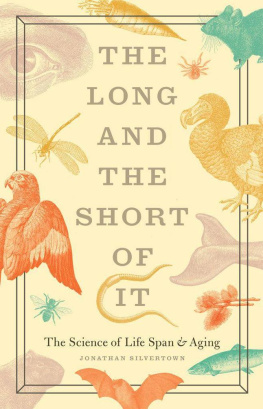
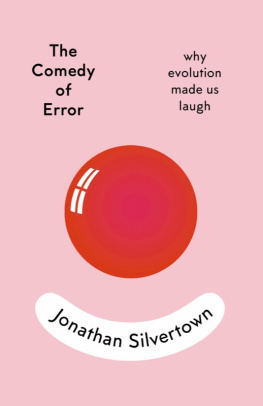
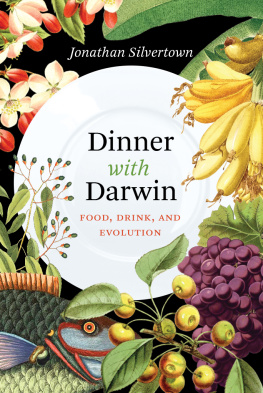
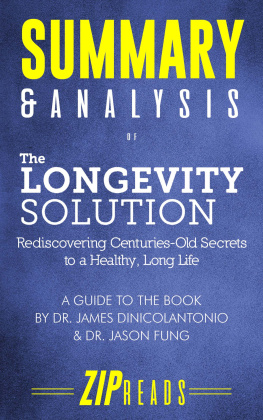


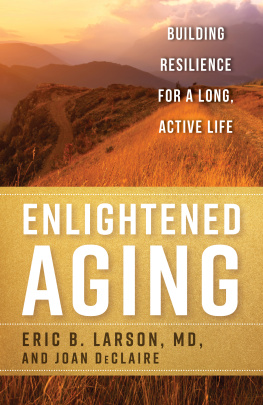
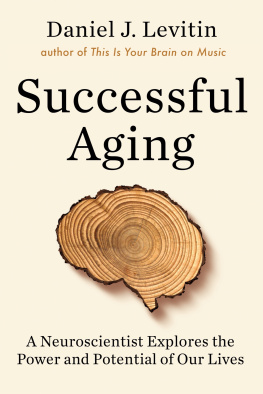
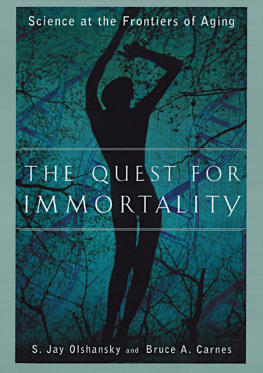
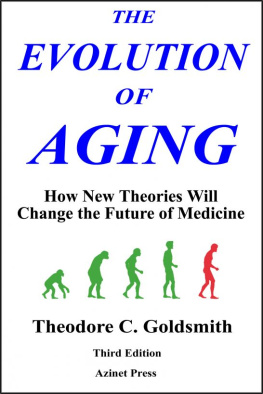

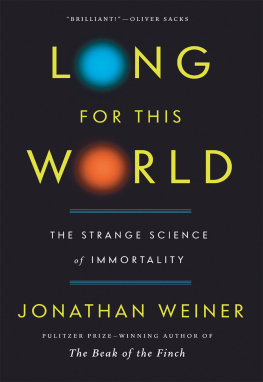
 This paper meets the requirements of ANSI/NISO Z39.481992 (Permanence of Paper).
This paper meets the requirements of ANSI/NISO Z39.481992 (Permanence of Paper).